Croatia´s second-largest city (pop. a bit over 176,000) is both bustling and beautifully sited on the Dalmatian Coast, with a breathtaking coastline, set on the crystal-clear waters of the Adriatic Sea and offering beautiful beaches, which can be explored via or private and group boat excursions. It´s a must-see destination for anyone seeking to experience this country´s natural beauty and rich cultural heritage, and it´s a particular draw within Europe with visitors especially from Eastern Europe, Scandinavia, Germany, the United Kingdom, and France, but also the United States, and beyond. Recent figures 18.9 visitor million arrivals..And here are some of its top attractions:
Located at the heart of the old town, Split´s top draw is a UNESCO World Heritage Site built in the late 3rd century CE as the retirement retreat of the eponymous Roman emperor, and the Peristyle (above) at its own heart, is considered not only the most beautiful square in the city but also among the most beautiful in Croatia and Europe as a whole. Furthermore, this ten-acre neighborhood unto itself is still home to more than 3,000 of of today´s splicani.
Golden Gate
Besides the Peristil, of particular note in Diocletian´s Palace is this, the most beautiful entrance to the palace, including the masterwork of Croatia's most renowned sculptor, Ivan Metrovic: a monument to medieval bishop Grgur Ninski, who is still revered and celebrated as a Croatian folk hero. Also, during the Gothic-Renaissance era architect Juraj Dalmatinac created the masterpiece known as the Papalic Palace, now housing the Split Museum.
The Riva (Waterfront)
The Riva has a special place in the hearts of locals as a hub for the city´s most significant political, social, and recreational activities, and also a prime location for socializing and romantic strolls, with locals enjoying breathtaking views of the Adiatic and nearby islands as well as a relaxed atmosphere in true Mediterranean fashion. After a stroll along the shore you can get ice cream or pancakes, and it's also great for sitting at one of the many cafés that line the water.
Plus every May 7, it´s here where Split honors its patron St. Duje with a grand waterfront celebration which lasts all day, starting with a mass attended by Croatian bishops and ending with an entertainment program and performances by well-known local artists in the evening.
This is also a popular departure point for a variety of half-day and full-day boat excursions to the Dalmatian islands and other coastal locations.
Marmont Street and Prokurative Square
Marmont runs between the Riva and the Croatian National Theatre, it was the fact that it was named after French general Auguste de Marmont, who conquered and rule Dalmatia for Napoleon Bonaparte in 1805-1810 - yet despite this was beloved for modernizing Split´s architecture and urban infrastructure. These days it´s a major shopping street as well as packed with cafés and restaurants
Marmont was also responsible for the design of the Prokurative, a square bearing some resemblance to Venice´s Piazza San Marco, situated between the waterfront beginning of Marmont Street and the waterfront St. Francis Church. Here numerous high-profile events are held, including the annual Split Festival, which brings together some of Croatia's top pop singers; this year´s edition - the 65th - will take place Jul 4-7.
Sustipan (St. Stephen´s) Peninsula
Situated in the city´s southwest on a sea coast overlooking the port, it was once the site of one of Croatia´s most beautiful cemeteries - which was sadly demolished during the Communist era. These days Sustipan is now a beautiful park popular with locals for tranquil getaways and romantic dates. You can also still see the remains of a medieval Benedictine church and monastery.
Pazar Green Market
Held daily on Hrvojeva Street, running along the eastern wall of Diocletian's Palace, this lively, energentic open/air market is a must- for foodies and others who wish to experience local culture and cuisine, with an extensive selection of fresh fruits, vegetables, herbs, and spices, as well as regional specialties such as olive oil, cheese, cured meats, and fish. In addition to the food stalls, Pazar also features a section for clothing and textiles, as well as a flea market where visitors can find unique souvenirs and antiques. Merchants are friendly and enthusiastic about their products, and visitors can converse with them to learn more about regional ingredients and cuisine. There are a number of food stalls and small eateries strewn throughout the market that serve traditional dishes for those who are interested in sampling local cuisine.
Marjan Hill, Forest Park, and Peninsula
A 178-meter-high (584-foot) hill is situated on a peninsula covered in dense forest, known as the Marjan Forest Park. Reached via stairs which start near St. Francis Church on the Riva, the peninsula is popular with both visitors and locals due to its breathtaking views of the city and the Adriatic (particularly from the Telegrin Tower at the top of the hill). Some 3.5 square kilometers (865 acres) of the forest are protected as a nature reserve, and there are numerous hiking and biking trails, as well as picnic areas and beaches such as Kasjuni, Bene, and Kastelet. Historically, Marjan was known for being the home of hermits, and there are also a pair of medieval churches up here, St. Nicholas (above) and Bethlehem, plus the 14th-century Renaissance hermitage St. Jerome.
Bačvice Is a Standout Among Various Excellent Area Beaches
The beaches in and around Split are genuine diamonds which apart from Diocletian's Palace are its most powerful visitor lures, with top spots including the aforementione Kasjuni, Bene, and Kastelet, as well as Firule and Znjan. .But it´s Bačvice, just a short distance from the city center, which is the city's most popular destination for locals and visitors alike - up to 10,000 people! - not just for its convenience but also its shallow, crystalline waters, water sports, and lively atmosphere. Tthere are also a lot of beach bars and eateries, and here you´ll also likely come across the popular local pastime picigin, a traditional ball game played in shallow water. It involves using only your hands and feet to keep a small ball in the air as long as possible, and it´s akin to acrobatic combat.
A Couple of Top Events
Besides the Split Festival we mentioned above. the most well-known cultural event in Split, occurring annually in July and August is as the Split Summer festival, featturing a wide range of theatrical performances, musical concerts, and art exhibitions. The program takes place in various locations, including the Croatian National Theatre, Sustipan, and the Peristil. Meanwhile, Ultra Europe is one of Europe's largest music festivals, taking place in July (this year on the 12th through 14th) at Park Mladeži stadium provides the ideal setting for the high-energy Ultra Europe festival, which attracts tens of thousands of visitors to Split annually. The stadium's large capacity and state-of-the-art sound and lighting systems create an unforgettable experience for festivalgoers. The Solin Summer Manifestation is similar to Split Summer, but with lower-cost maps and a greater number of free activities.
For more info on the city and region, check out VisitSplit.com.
Blue Shark Tours and Transfers offers half-day to full-day boat tours and excursions from Split. Typically these are excursions to islands such as Brač, Hvar, and Viš, where they can swim, sunbathe, and explore the local landmarks and culture. Some also include stops at sea coves, such as Blue Cave on Biševo Island and beaches, such as Stiniva, which are only accessible by boat.There are also private boat tours, which offer greater flexibility and customization options. Visitors can rent a private boat and customize their itinerary, deciding which islands and beaches to visit and how long to spend at each location.
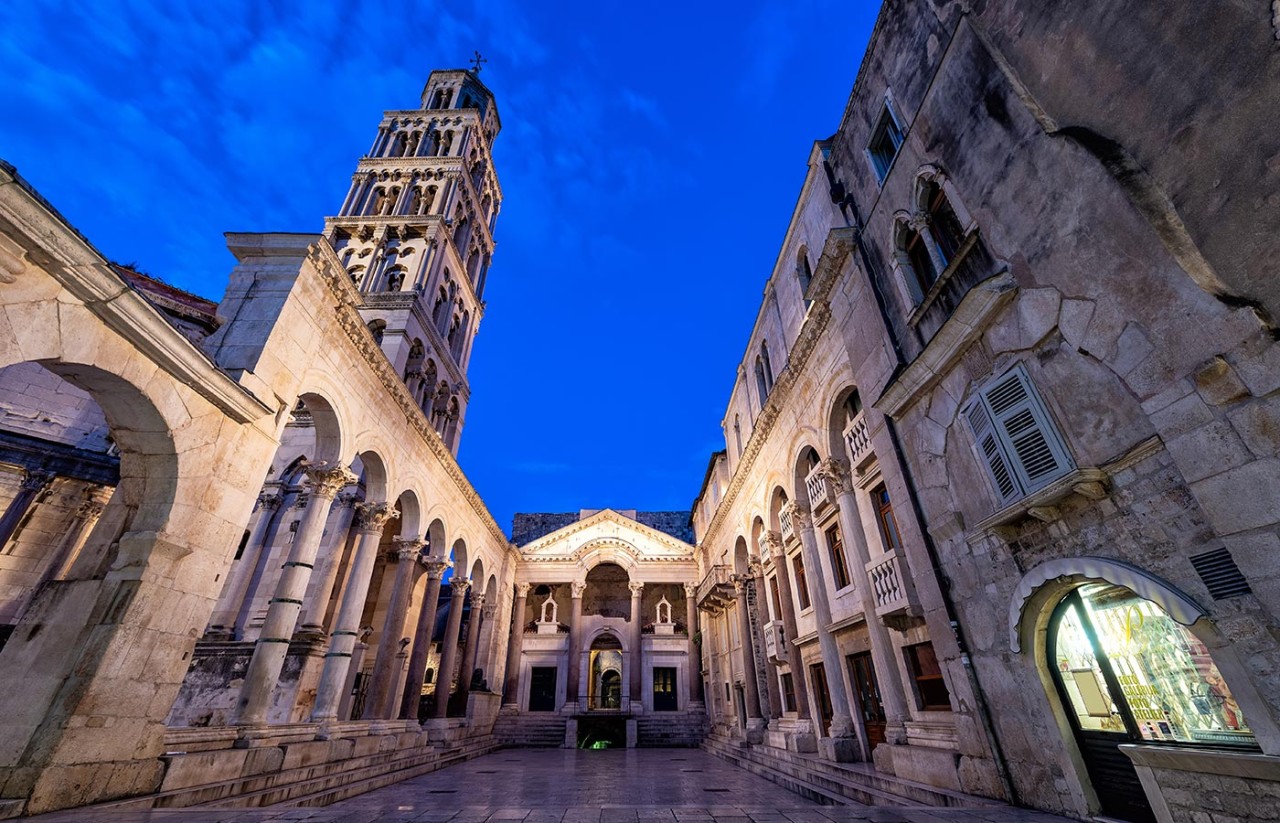
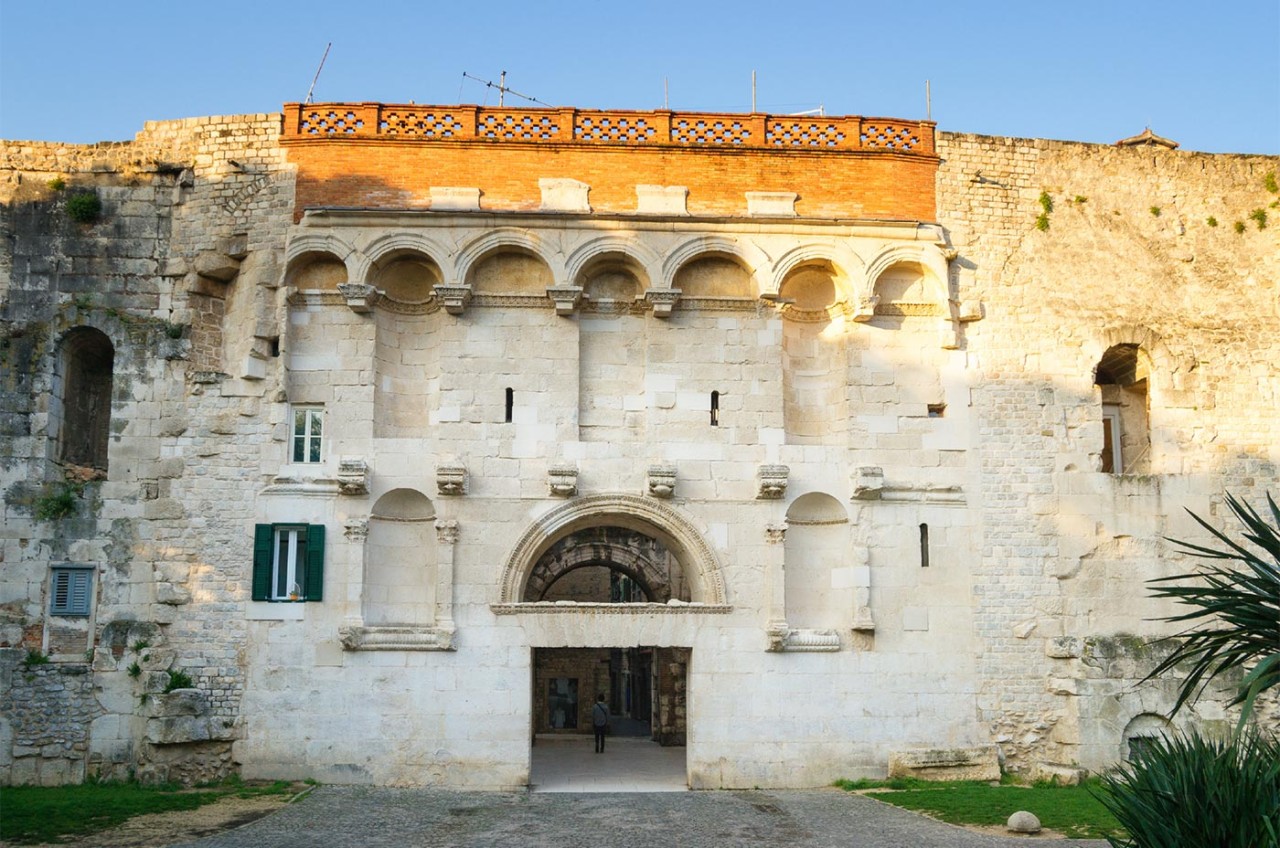
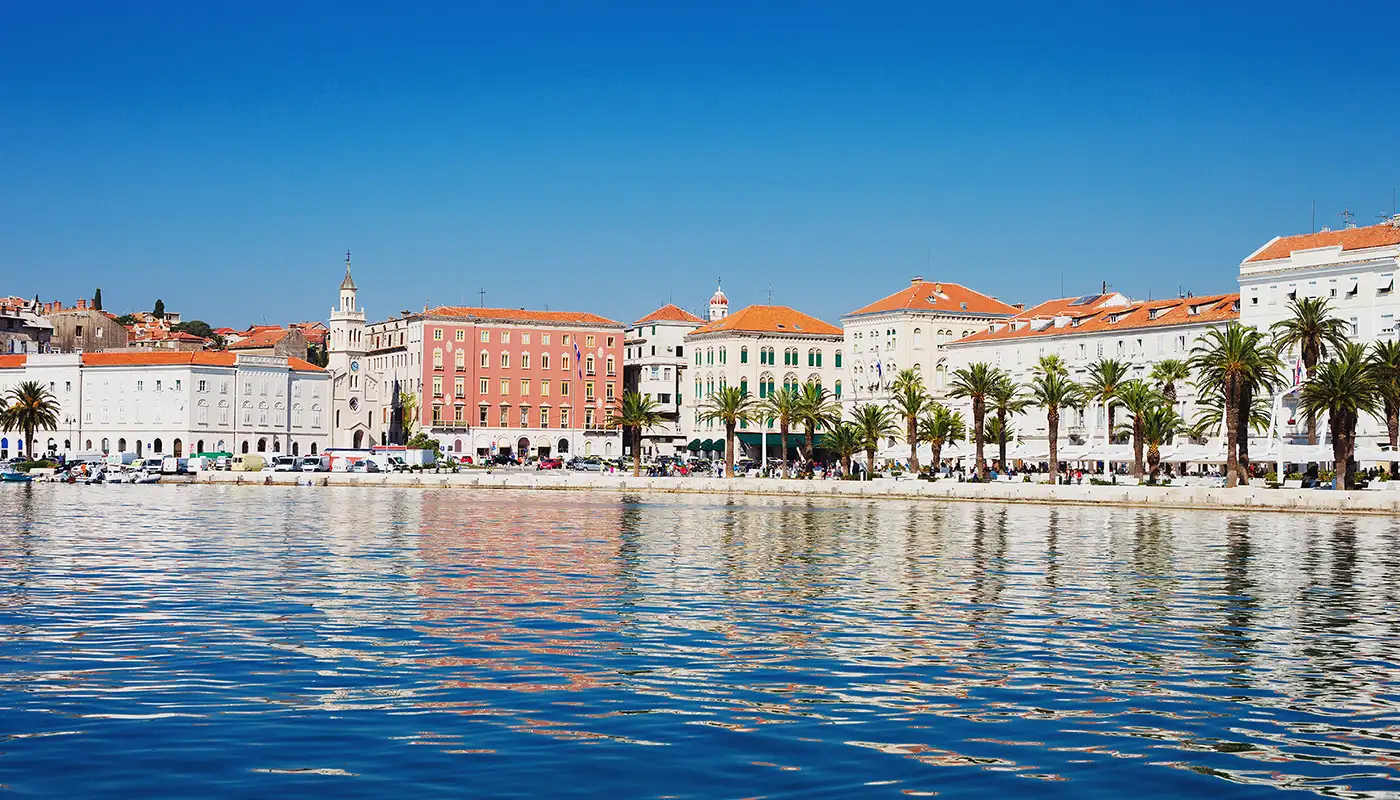
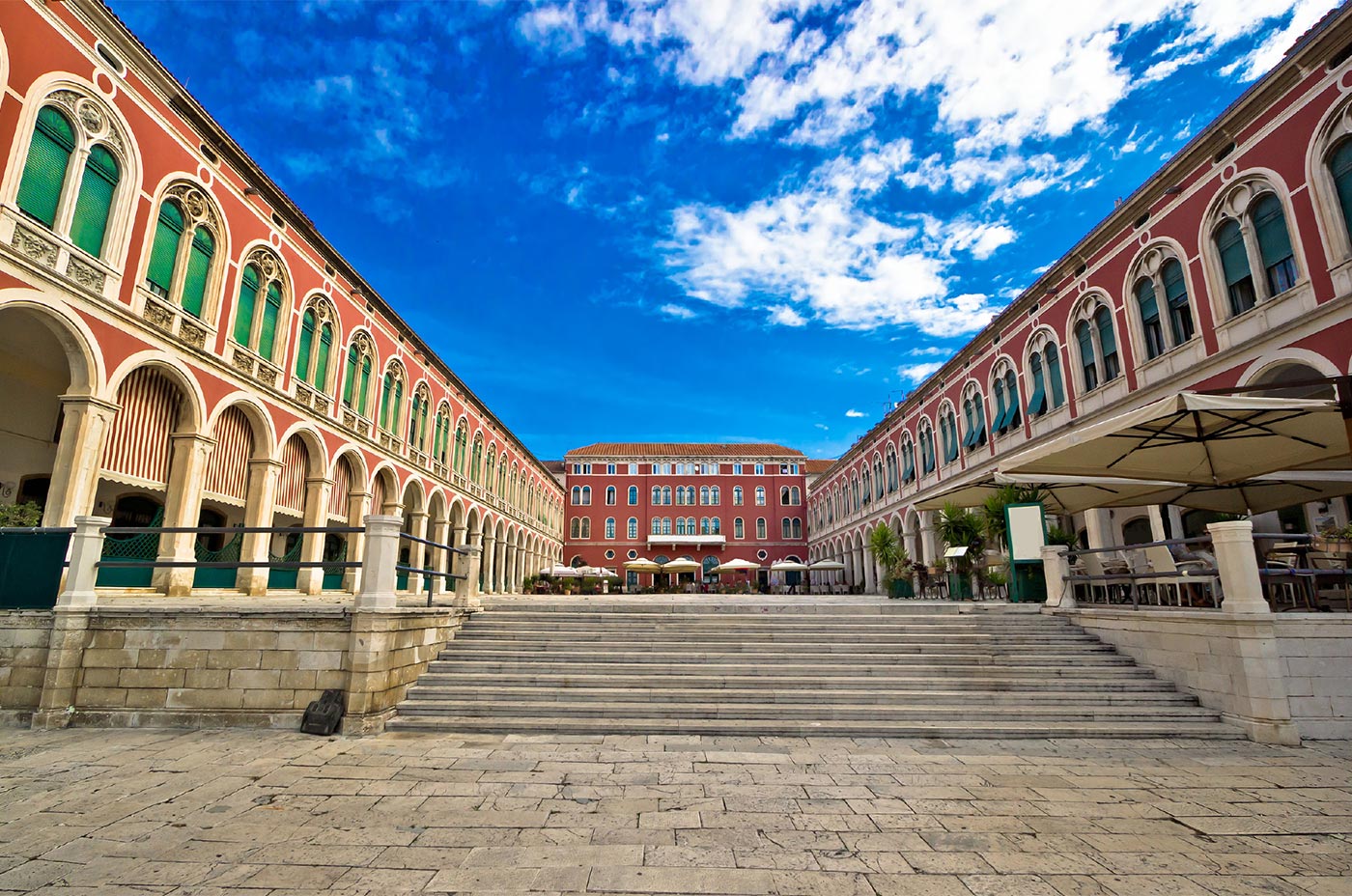
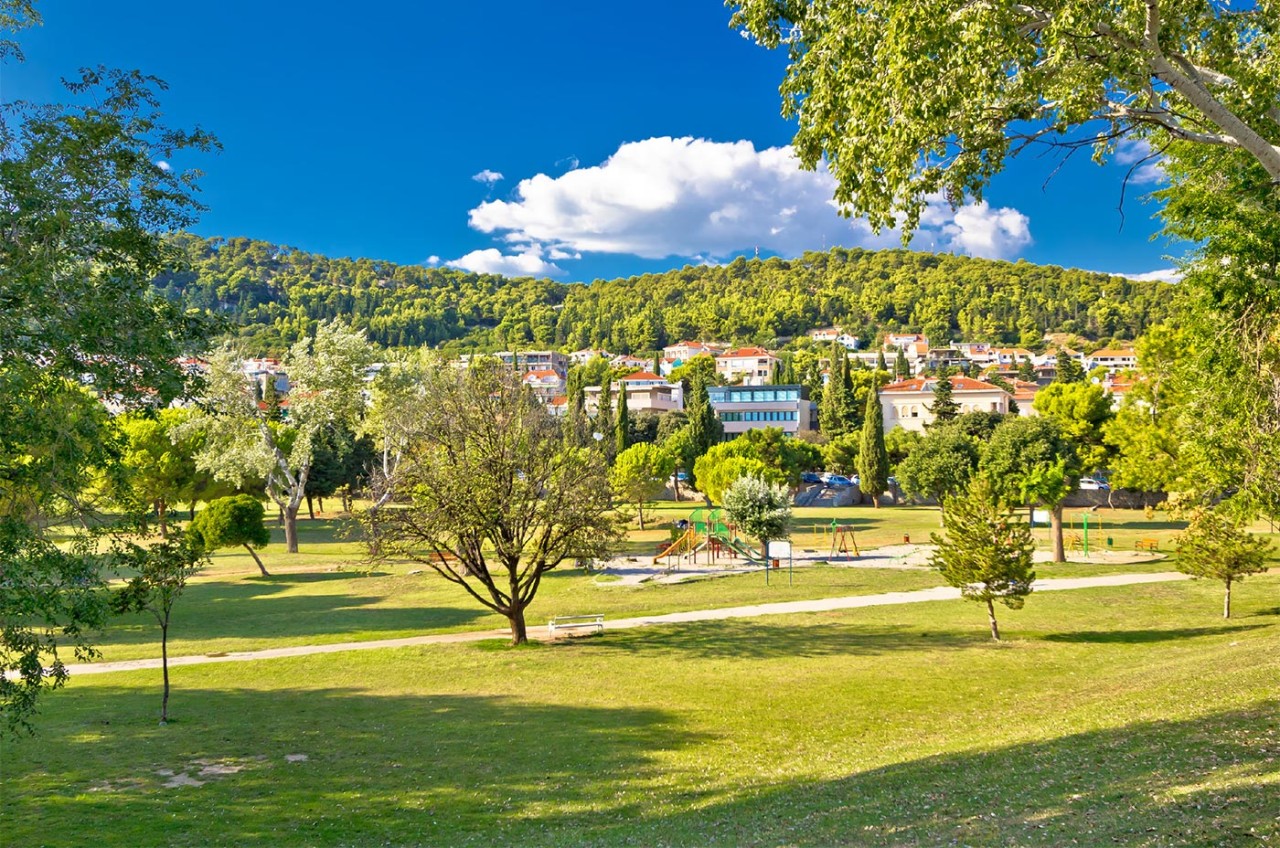
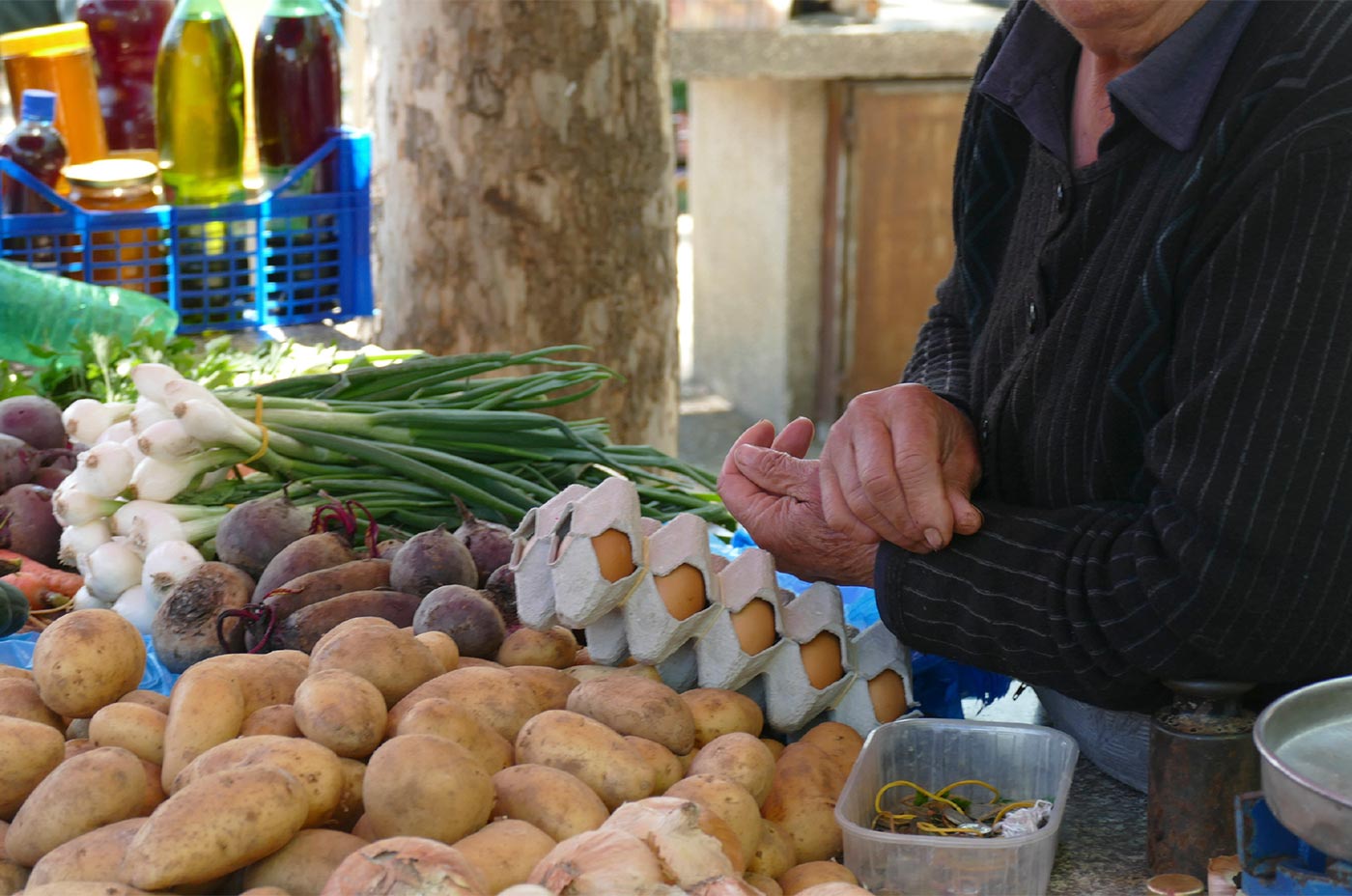
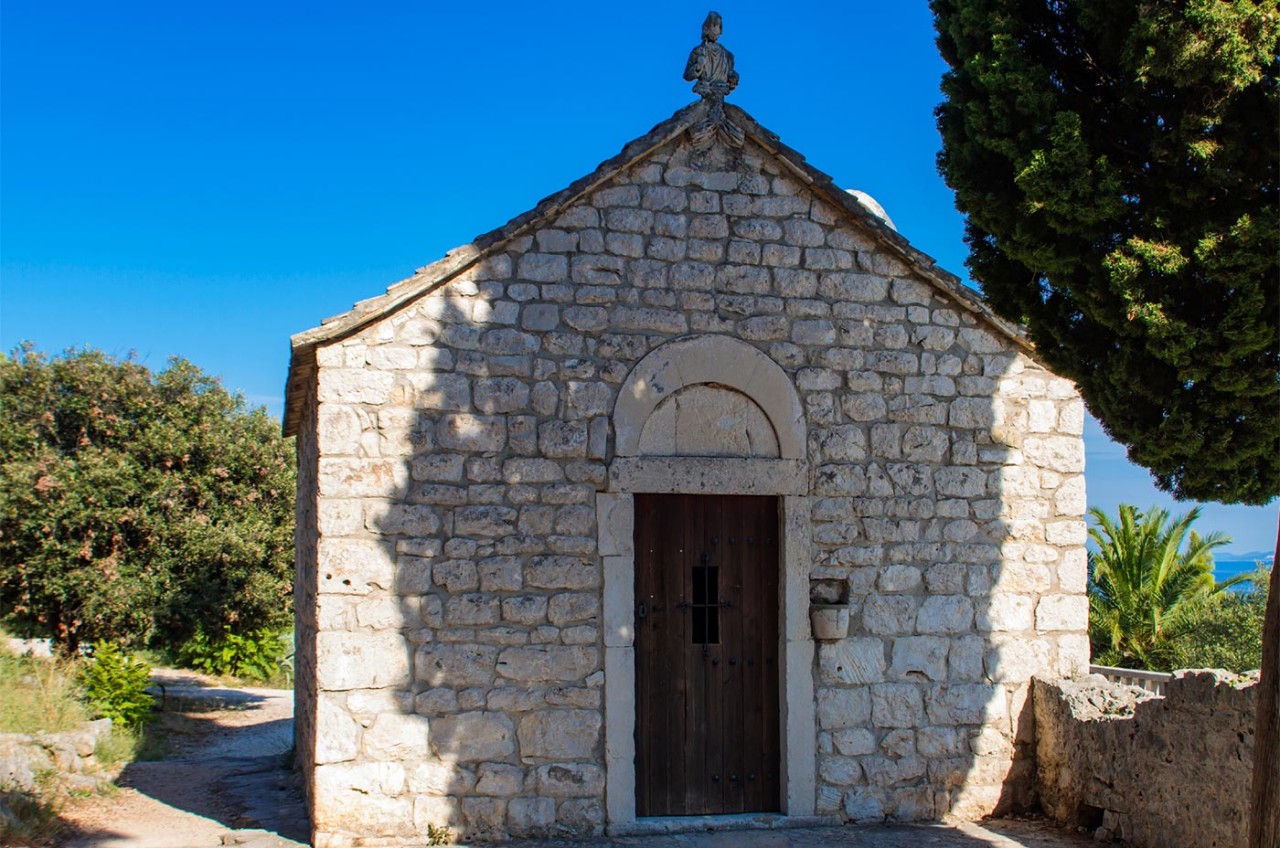
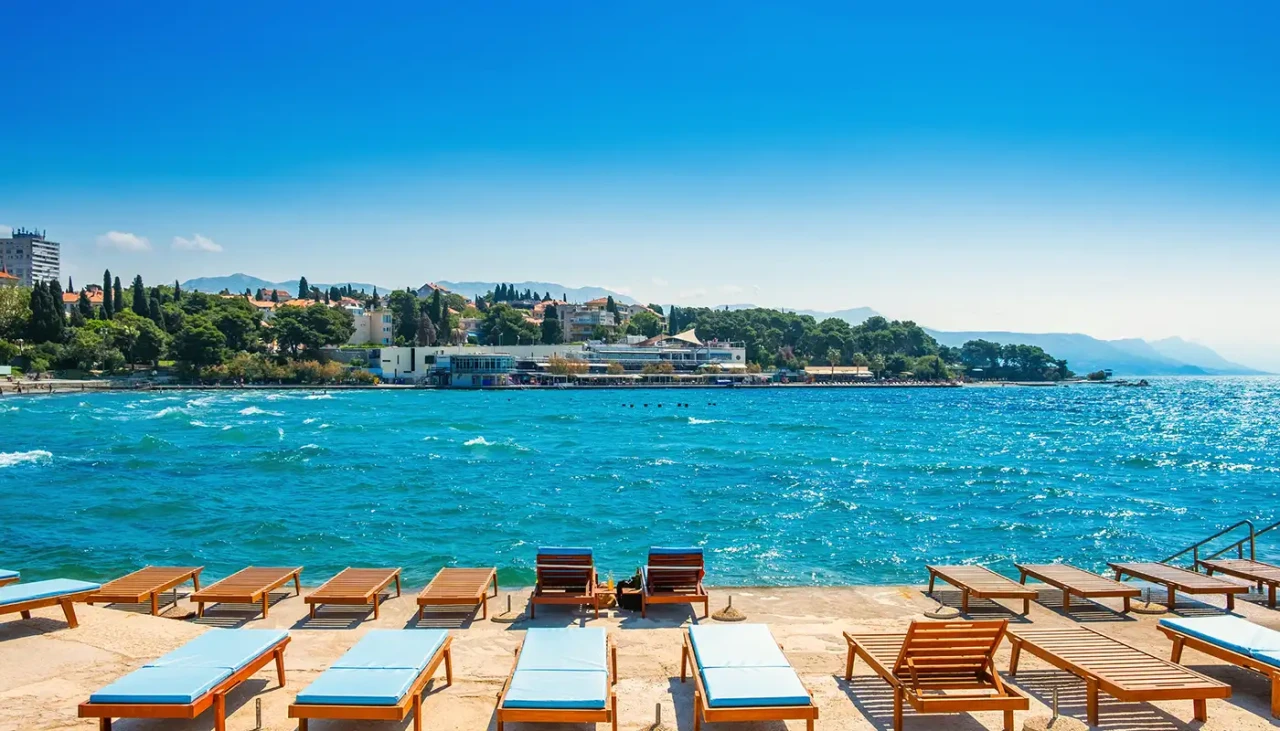
Comments
Diocletian´s Palace is without a doubt one of Europe´s most remarkable sies!